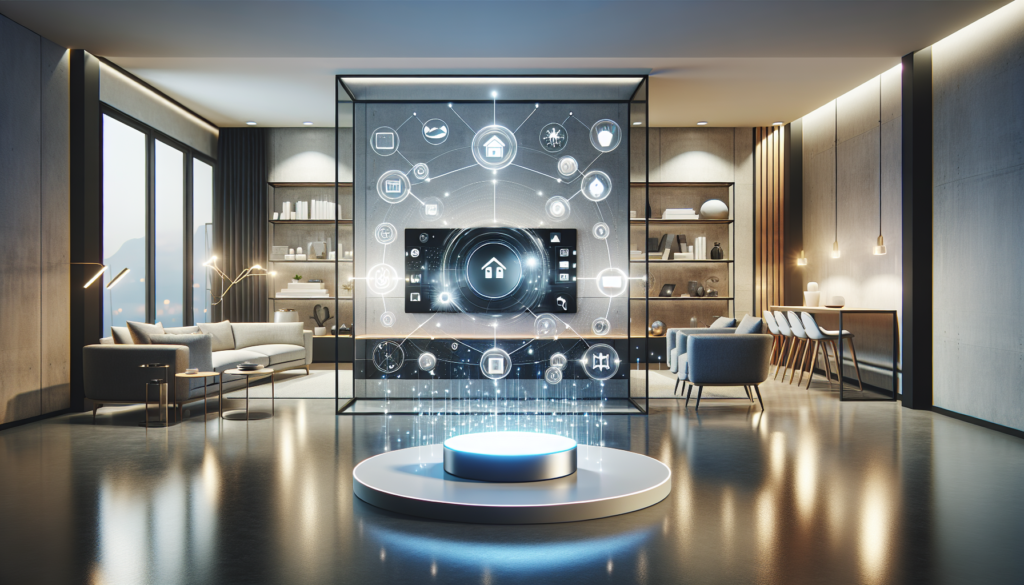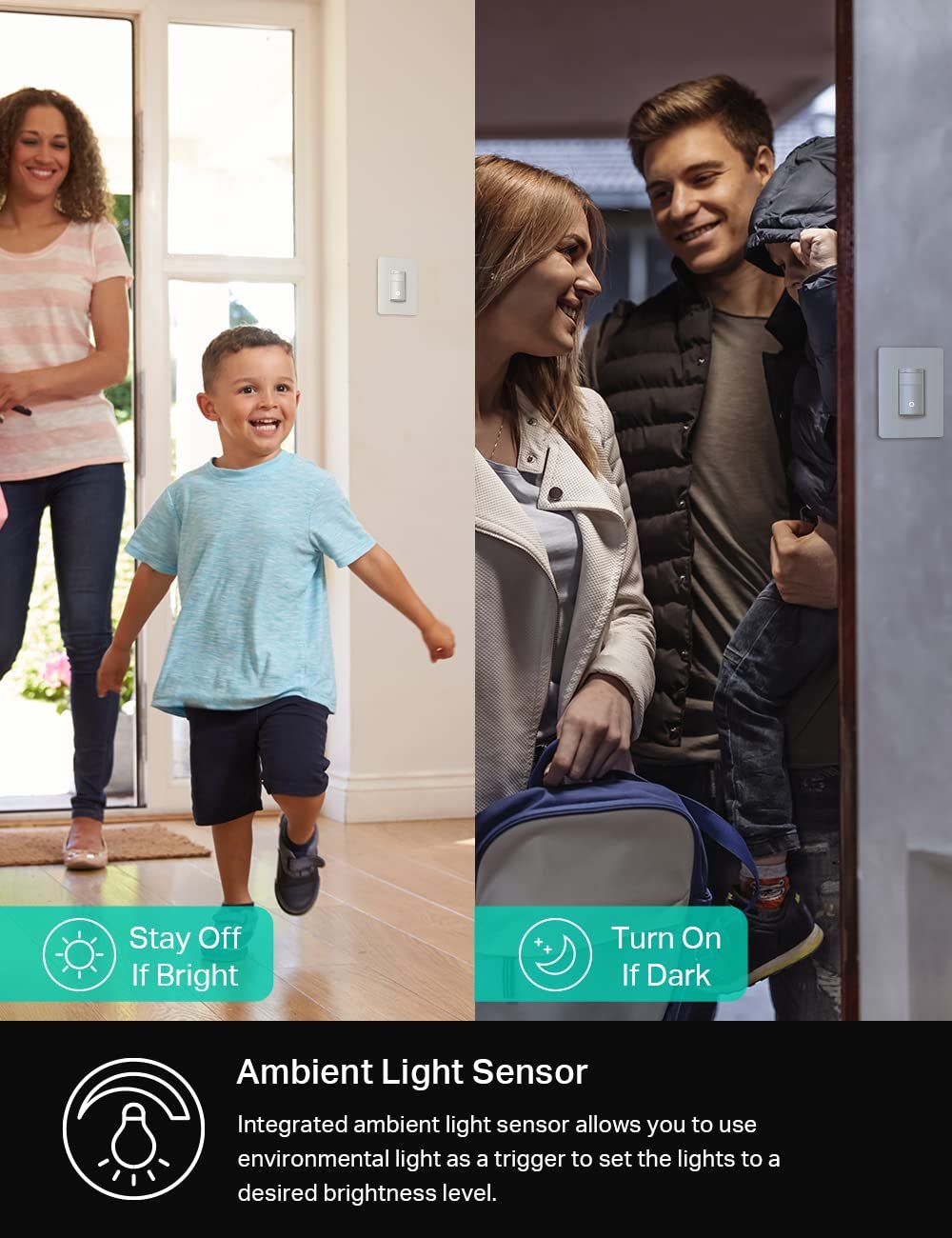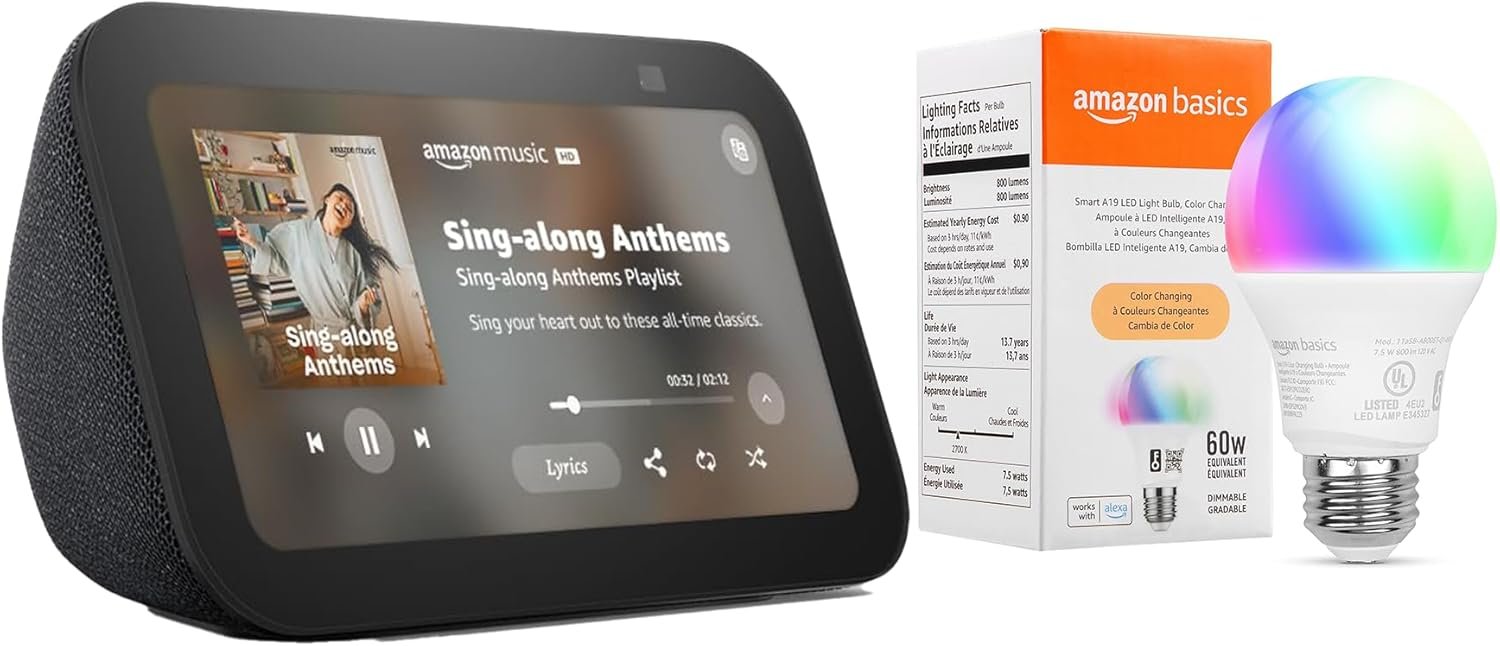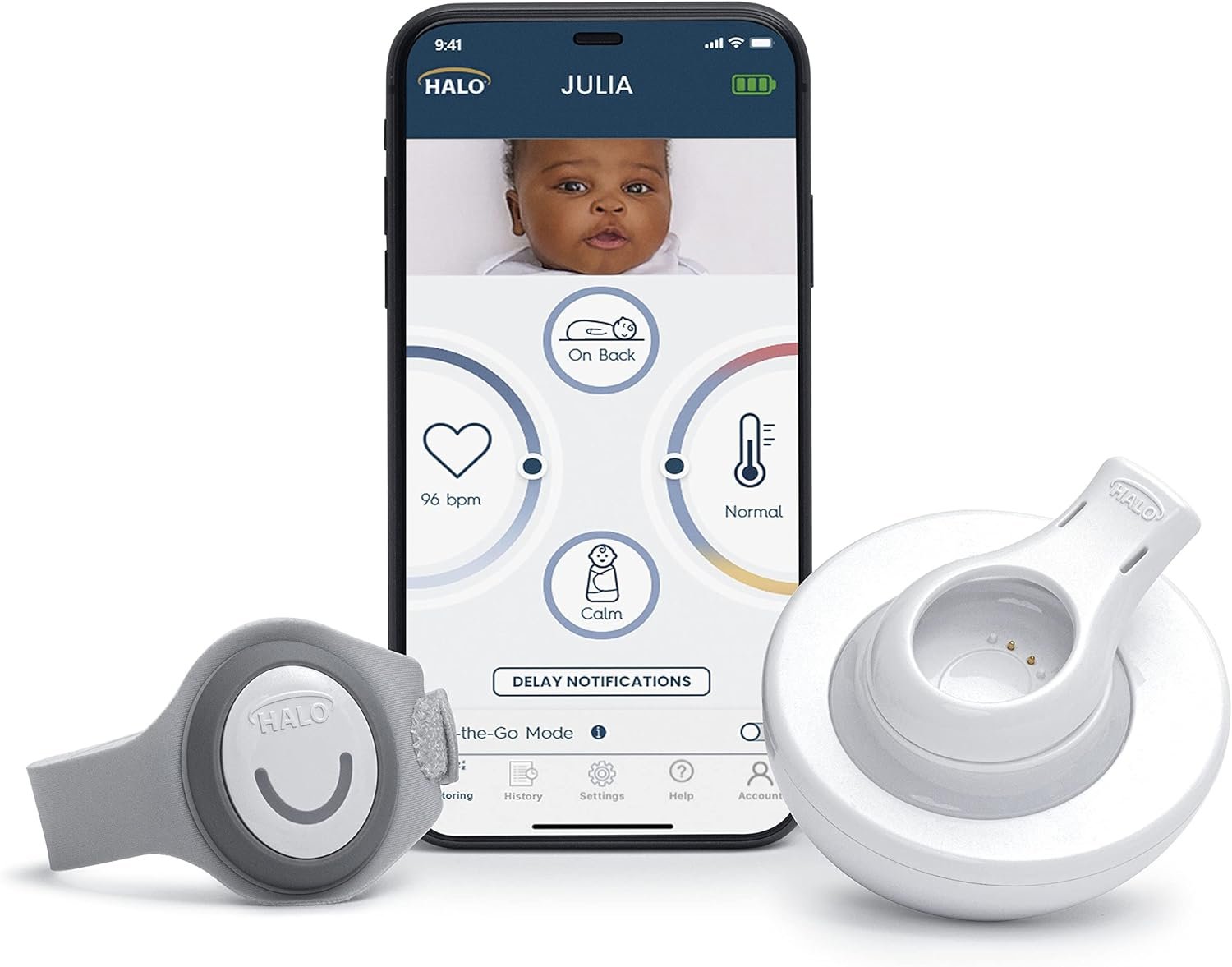Have you ever wondered how you can make your home more efficient, secure, and enjoyable? The answer might lie in embracing the world of smart home technology. With a plethora of smart devices designed to make your life easier and more connected, smart home living is paving the way for a future where managing your household is just a command away. Let’s explore the myriad benefits these devices bring into everyday life.

Understanding Smart Home Technology
Smart home technology refers to a broad range of devices and systems that incorporate internet connectivity, allowing users to control and monitor their homes remotely. These devices work together to create an integrated ecosystem, offering convenience and automation. The beauty of smart home setups lies in their versatility and ability to cater to diverse needs, from energy efficiency to enhanced security.
What Are Smart Home Devices?
Smart home devices include anything from smart thermostats and lighting systems to security cameras and voice-activated assistants. They are designed to connect with each other, forming a cohesive network that is often controlled via smartphones or voice commands. This connectivity enables you to manage your home environment with unparalleled ease, whether you’re at home or halfway around the world.
The Cost and Value of Smart Home Devices
While the initial investment in smart home technology might seem daunting, understanding the cost and long-term benefits can help you make informed decisions.
Initial Investment vs. Long-term Savings
Smart home devices come in a range of prices. Some are affordable and require minimal installation, while others may need professional setup and a higher upfront cost. However, the efficiency and convenience they provide often translate into long-term savings. For instance, smart thermostats can significantly reduce energy bills by learning your schedule and adjusting temperatures accordingly.
Return on Investment
Evaluating smart home devices in terms of ROI isn’t just about monetary savings. Consider the peace of mind from enhanced security systems or the convenience of operating devices remotely. Over time, these advantages can outweigh the initial costs, making them a worthwhile investment for your home and lifestyle.
Comparing Smart Home Solutions
Navigating the myriad smart home options can be overwhelming, but comparing different solutions based on key features can simplify your decision-making process.
Real-world Use Cases
Imagine managing your home’s lighting with a simple voice command or adjusting the thermostat while you’re snug in bed. These real-world applications highlight the ease and adaptability of smart home devices. Another example is a smart refrigerator that can remind you to buy groceries or even suggest recipes based on the items you have.
Comparing Features and Devices
Creating a table to compare features of popular smart home devices is an excellent way to see what each has to offer.
| Device Type | Key Features | Example Brands |
|---|---|---|
| Smart Thermostats | Schedule learning, energy saving | Nest, Ecobee |
| Smart Lighting | Remote control, color changing | Philips Hue, LIFX |
| Smart Security | Motion detection, remote alerts | Ring, Arlo |
| Smart Assistants | Voice control, integration features | Amazon Echo, Google Home |
Which Devices Are Right for You?
Consider your lifestyle and needs when selecting smart home devices. If energy efficiency is your priority, start with a smart thermostat. If security is your concern, invest in a comprehensive smart security system. Understanding your preferences helps tailor the right smart home solution for you.
Setting Up Your Smart Home Ecosystem
Having selected your devices, the next step involves setting them up, which is easier than it sounds.
Step-by-Step Installation Guides
Each smart device comes with its installation instructions. Many are designed for simple DIY setup, while some may require professional assistance. Generally, you will connect the device to your home network, download the corresponding app on your phone, and follow on-screen instructions. Always ensure compatibility with your existing devices.
Integrating Devices for Cohesion
To maximize the potential of your smart home, ensure all devices communicate effectively. Utilizing a hub, like Samsung SmartThings, can unify different brands under one control mechanism. Additionally, opting for devices that support voice assistants like Amazon Alexa or Google Assistant can further streamline your control over your system.

Addressing Security and Privacy Concerns
As with any technology, smart home devices have raised security and privacy considerations which shouldn’t be overlooked.
Understanding Potential Risks
Smart devices operate on network connections, making them susceptible to cyber threats. Unauthorized access can translate into compromised privacy or misuse of devices. Thus, safeguarding your network is crucial.
Implementing Safety Measures
Secure your smart home with strong, unique passwords for each device. Regularly update software to protect against vulnerabilities. Employ firewalls and secure your Wi-Fi network to fend off potential intrusions. Educating yourself on the latest security practices can go a long way in protecting your smart home ecosystem.
Enhancing Energy Efficiency and Sustainability
Smart home devices can significantly contribute to a more energy-efficient and eco-friendly lifestyle.
How Smart Devices Reduce Consumption
Smart thermostats optimize heating and cooling systems, reducing unnecessary energy use. Meanwhile, smart lighting can lower energy consumption by automatically switching off when rooms are unoccupied or by using energy-efficient LEDs. Such measures not only contribute to sustainability but also offer substantial savings on utility bills.
Sustainable Living with Smart Technology
Harnessing the capabilities of smart home devices aligns your living environment with sustainable practices. For instance, smart irrigation systems minimize water waste by adjusting to weather conditions. These enhancements fortify your commitment to an eco-conscious lifestyle.
Compatibility and Connectivity Considerations
A well-integrated smart home network requires thoughtful consideration of how different devices will work together.
Interactions with Platforms and Hubs
Most smart home devices are designed to work within particular ecosystems. Platform compatibility often dictates device selection. For seamless interaction, ensure devices are compatible with your chosen platforms like Apple HomeKit, Amazon Alexa, or Google Assistant.
Navigating Device Integration
Creating a harmonious smart home involves understanding how to interconnect devices. Professional installation services can sometimes resolve compatibility issues, suggesting practical solutions tailored to your digital ecosystem.
Future Trends and Innovations in Smart Home Technology
The smart home industry is ever-evolving, opening new possibilities and enriching everyday living.
Emerging Technologies
The trend towards AI-powered devices predicts increasingly intuitive and autonomous systems. Innovations in voice recognition and artificial intelligence promise to transform user interactions, enhancing convenience like never before.
Preparing for the Future
Staying informed about emerging trends ensures future-proofing your smart home investments. Opt for expandable systems that can adapt and integrate new technology as it becomes available, ensuring your smart home remains state-of-the-art.
Conclusion: Is Smart Home Living Right for You?
Determining if smart home living aligns with your goals encompasses evaluating your lifestyle, priorities, and budget. While smart home devices offer tremendous advantages in convenience, security, and energy efficiency, it’s essential to assess the specific benefits they could bring into your life.
Taking the plunge into smart home living can be both an exciting and worthwhile venture, transforming daily tasks into seamless experiences. By weighing the options and understanding the potential of smart technology, you can make informed decisions that pave the way for a smarter, connected, and satisfying living environment.




